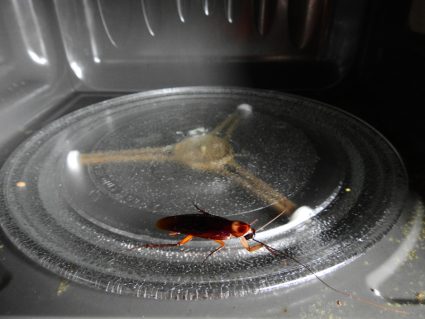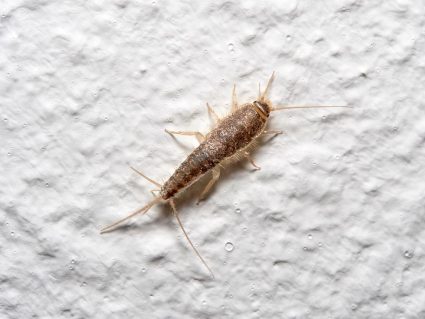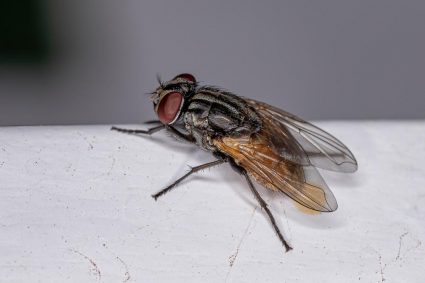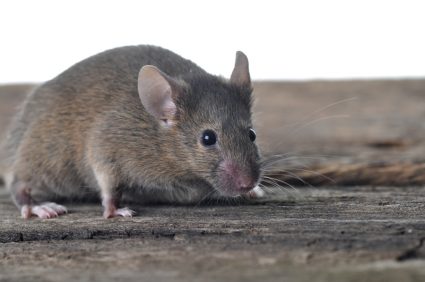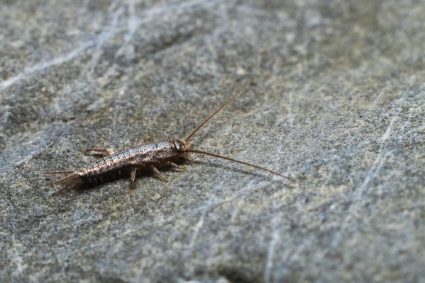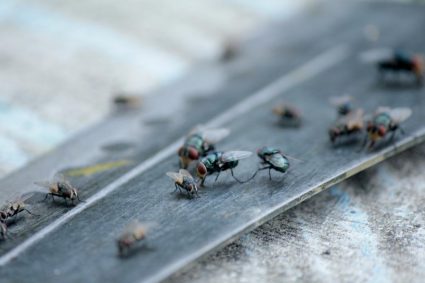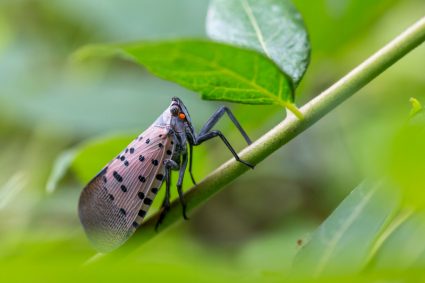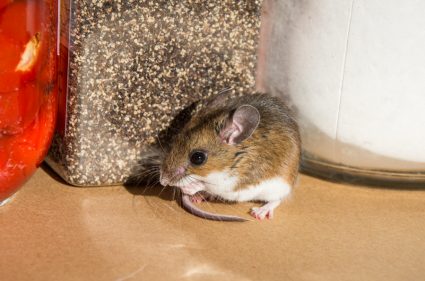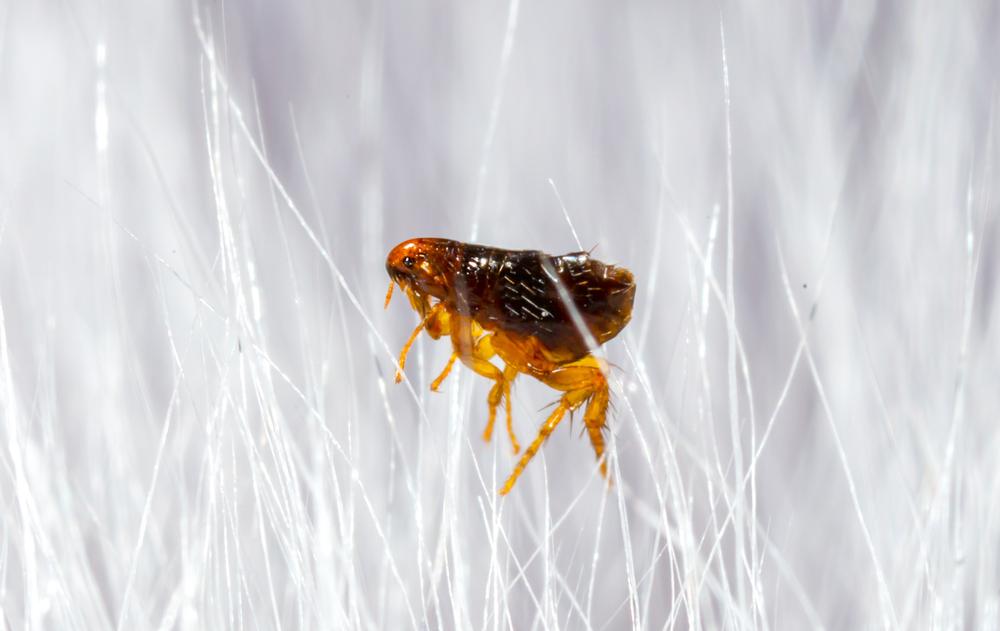
Fleas are tiny, flightless insects that are known for their notorious biting habits and their ability to multiply rapidly. If you’ve been finding fleas on you, it’s likely not just a random occurrence, but a sign that your environment, particularly your home or pets, are infested. This comprehensive guide will help you understand why you’re attracting fleas, how to identify an infestation, health risks associated with fleas, and effective methods for getting rid of them.
If you keep finding fleas on you, it’s likely because your environment, particularly your home or pets, are infested. Fleas are attracted to body heat, movement, and carbon dioxide. They can also be drawn to the texture of your clothing and the presence of pets. To get rid of them, you need to treat your pets, clean your home thoroughly, use flea repellents, and possibly hire professional pest control services.
What Attracts Fleas to Humans?
Contrary to popular belief, fleas are not particularly fussy about their hosts. While they do prefer warm-blooded animals with fur or feathers, such as dogs, cats, or birds, they will not hesitate to jump on a human if given the opportunity. The primary factors attracting fleas to you are your body heat, movement, and the carbon dioxide you exhale. Fleas are also drawn to humans based on the texture of their clothing and the presence of pets in the household.
How to Identify a Flea Infestation
Typically, if you’re finding fleas on yourself, it’s likely your home is infested. The most common signs of a flea infestation include:
- Flea bites on you or your pets: Flea bites often appear as small red bumps arranged in clusters or lines, and are typically found around the waist, knees, and elbows. They are incredibly itchy and can cause discomfort.
- Seeing fleas jump on your carpet or furniture: Fleas are excellent jumpers and can jump up to 7 inches vertically and 13 inches horizontally.
- Finding flea dirt: Flea dirt looks like small black or brown specks and is actually flea feces composed of digested blood.
- Pets scratching excessively: If your pets are scratching more than usual, it could be a sign of fleas.
The Health Risks of Fleas on Humans
Fleas are more than just a nuisance; they can pose significant health risks to humans and pets. Flea bites can cause allergic reactions leading to intense itching and secondary infections if scratched. Fleas can also transmit diseases such as murine typhus and the plague, and they can introduce tapeworms in both pets and humans.
Effective Methods to Get Rid of Fleas
Eliminating fleas requires a comprehensive approach that includes treating both yourself and your environment. Here’s a step-by-step guide:
- Treat your pets: Consult your veterinarian for the best flea treatment products.
- Clean your home: Vacuum your home thoroughly, wash all bedding in hot water, and consider using a steam cleaner on your carpets and upholstery.
- Use flea repellents: Apply insect repellents on your skin and clothing when going outside.
- Treat your yard: Trim grass and shrubs, and consider using a pesticide.
- Consider professional pest control services: If the infestation is severe, you may need to hire a professional exterminator.
Preventing Flea Infestations
Prevention is always better than cure. Here are some preventive measures you can take to avoid attracting fleas:
- Regularly groom your pets and use preventive flea treatments.
- Keep your home clean and clutter-free.
- Maintain your yard and garden regularly.
- Use insect repellents when going outdoors.
Remember, fleas can infest even the cleanest homes and the healthiest pets. It’s essential to stay vigilant and take preventive measures to protect yourself, your family, and your furry friends from these pesky parasites.
Common Misconceptions About Fleas
Many myths and misconceptions about fleas can make it harder to effectively deal with an infestation. Here are some common ones:
- Fleas can fly: Fleas cannot fly. They move around by jumping, with the ability to leap a distance up to 100 times their body length.
- Fleas only live on pets: Fleas can live in a variety of environments, including carpets, furniture, and bedding.
- Fleas are harmless: Fleas can transmit diseases and cause allergic reactions in both humans and pets.
By understanding the reality of these misconceptions, you can take more effective steps to deal with a flea infestation.
In conclusion, finding fleas on you can be an uncomfortable and distressing experience. However, with the right knowledge and tools, you can effectively deal with the situation and create a flea-free environment for you and your pets.
Frequently Asked Questions
How long does it take for fleas to multiply?
Fleas multiply very rapidly. A female flea can lay up to 50 eggs a day, and under optimal conditions, these eggs can hatch into larvae within 1 to 10 days.
Can fleas survive in cold weather?
Yes, fleas can survive in cold weather. While they prefer warm and humid conditions, fleas can survive in the cocoon stage during winter and hatch when conditions become favorable.
Can humans get diseases from flea bites?
Yes, humans can get diseases from flea bites. While rare, fleas can transmit diseases like murine typhus and the plague. They can also introduce tapeworms if inadvertently ingested.
Does washing clothes kill fleas?
Yes, washing clothes in hot water can kill fleas. It’s recommended to wash all bedding and clothing in hot water to eliminate any fleas or eggs.
Can fleas live on humans?
While fleas can bite humans, they prefer to live and reproduce on furry animals like cats and dogs. However, in the absence of a preferred host, fleas can temporarily live on humans.

